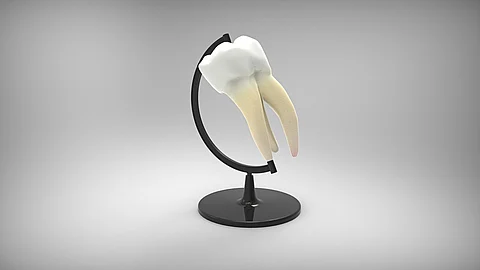Introduction
In the ever-evolving landscape of modern medicine, Nanotechnology stands at the forefront of innovations. Within the realm of dentistry, the convergence of nanotechnology and oral healthcare has given rise to a burgeoning field known as Nanodentistry. The term Nanodentistry was coined by R.A. Freitas in 2000. By harnessing the unique properties of materials at the nanoscale, Nanodentistry holds the potential to transform the way we diagnose, treat, and prevent oral diseases, paving the way for a future of personalized, minimally invasive, and highly effective dental care. In this article, we delve into the fascinating world of Nanodentistry by discussing some of the current developments, applications, and challenges.
Nanodentistry in Operative and Restorative Dentistry
Dental nanocomposites possess enhanced mechanical, chemical, and optical properties, contributing to their effectiveness in various dental applications
Restorative composites infused with antimicrobial nano-agents and materials designed to release nanofluoride
Biomimetic tooth analog materials, mimicking the nanoscale architecture of enamel and dentin, along with their anisotropic properties, contribute to minimally invasive tooth removal procedures
Nanodentistry in Preventive Dentistry
Dental pastes containing remineralizing nanoparticles help relieve dentin hypersensitivity
Nano fluoride–ion releasing materials for prevention of dental caries.
Nanosystems enabling dental plaque monitoring


